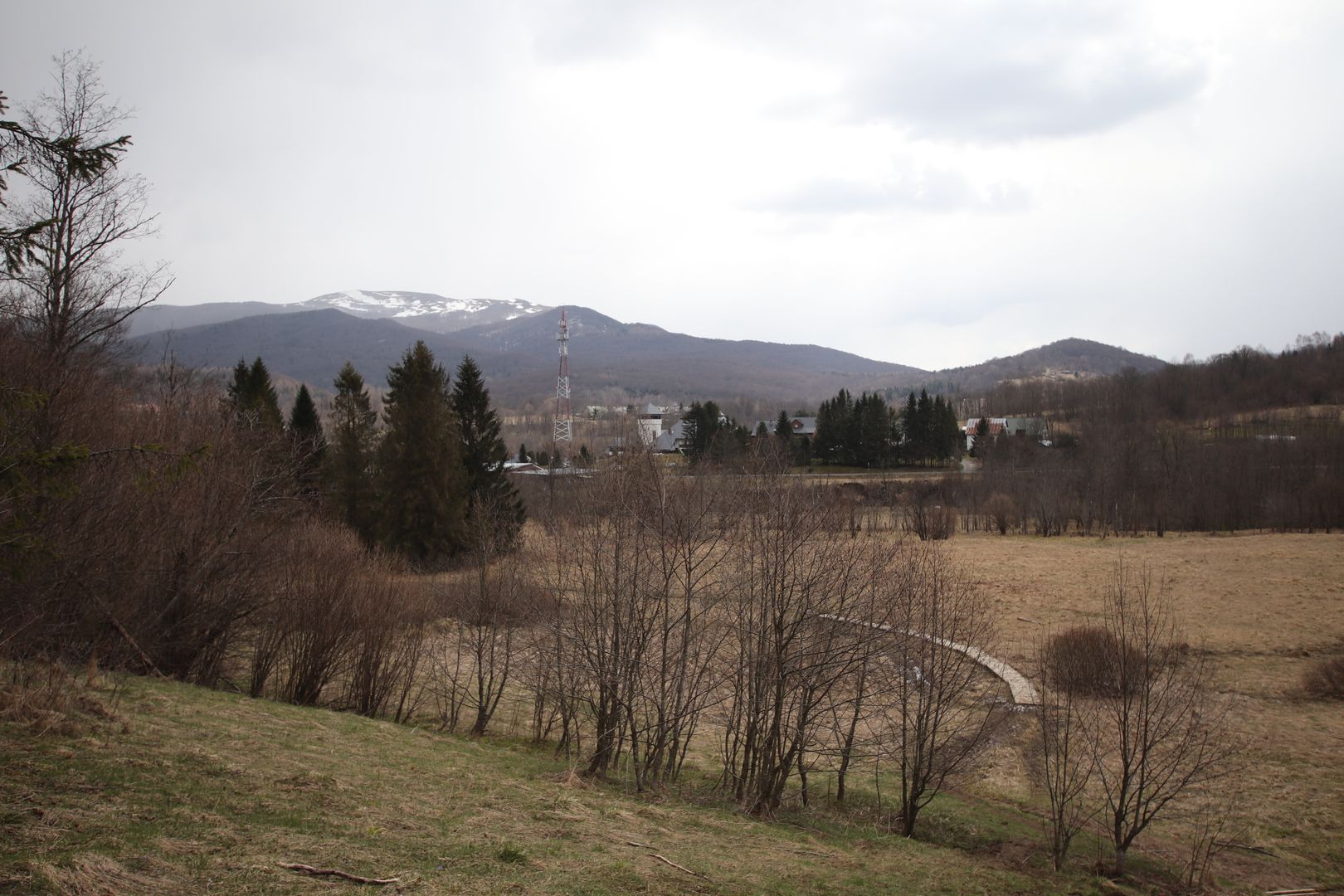Upper Ustrzyki
6.06

Overview
Ustrzyki Górne is a picturesque village located in the Bieszczady Mountains, in the Podkarpackie Voivodeship, on the Wołosaty stream. The history of the village dates back to the 16th century, when it was established under Wallachian law by the Kmita family. Ustrzyki Górne was part of the Sanok land and was first mentioned in historical records as early as 1529. References from 1580 testify to the existence of settlements in the area and the tragic impact of an epidemic that decimated the population. In the 17th and 18th centuries, the village experienced numerous upheavals, including Swedish invasions and looting, as well as changes in ownership.
Architecturally, Ustrzyki Górne stands out with its historic buildings, such as the parish church of St. Anne, built between 1984 and 1986, and the Border Guard building. The village is also home to the John Paul II Tourist and Retreat Center, as well as the PTTK Mountain Tourism Museum. Ustrzyki Górne is known for hiking and skiing; in winter, ideal conditions for cross-country skiing attract winter sports enthusiasts, despite the lack of ski lifts.
The culture of Ustrzyki Górne is diverse, as the village was once inhabited by people of various faiths: Greek Catholic, Jewish, and Roman Catholic. Today, the number of residents has dropped to around 80 people, which may indicate ongoing depopulation. In 2002, Elżbieta Dzikowska, a well-known traveler and author, was made an honorary citizen of Ustrzyki Górne.
Ustrzyki Górne is also an excellent base for mountain hikes, with the highest peaks of the Polish Bieszczady Mountains nearby, such as Tarnica, Wielka Rawka, and Połonina Caryńska. The E8 hiking trail and the border trail connect Ustrzyki Górne with other attractive locations in the region, making it an ideal destination for nature lovers and mountain hikers. Over the centuries, the village has witnessed many events that have influenced its development and character, and its rich history now attracts tourists as well as enthusiasts of history and mountain trekking.
Location
2025 Wizytor | All Rights Reserved
